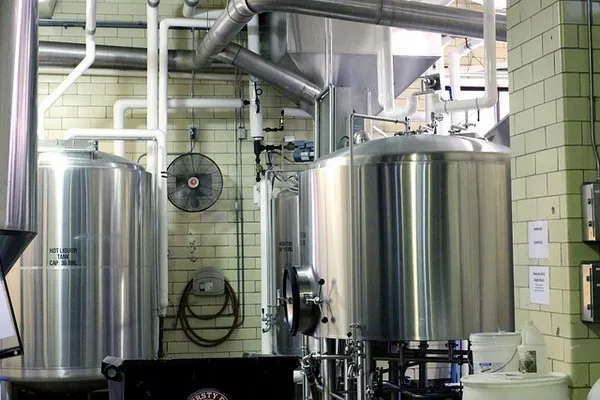In November, the UK manufacturing sector demonstrated potential resilience, suggesting a possible turning point despite contracting for the ninth consecutive month. According to the latest seasonally adjusted S&P Global / CIPS UK Manufacturing Purchasing Managers’ Index (PMI), the rate of decline in production eased significantly, marking its second-weakest during this ongoing downturn.
The PMI for November recorded a figure of 47.2, up from October’s 44.8, indicating a third successive monthly rise and reaching its highest level since April. Despite this positive trend, the PMI has remained below the neutral 50.0 mark for 16 consecutive months.
While new orders continued to decline, the rate of downturn lessened in November. However, manufacturers remained cautious due to ongoing market uncertainty and the imperative to control costs, leading to job losses, stock depletion, and reduced purchasing.
The contraction in production was most notable among manufacturers focusing on business-to-business and capital spending. Intermediate goods output saw the sharpest decline in nearly a year, while investment goods production contracted for the seventh consecutive month, albeit to the weakest extent during that period. Consumer goods output rebounded after four months of decline.
Factors contributing to the scaling back of production included weaker domestic demand, reduced new export business, and destocking by manufacturers and their clients. Total new orders fell for the eighth successive month, with the downturn in new export business extending to 22 consecutive months.
Weaker inflows of new business were attributed to client destocking, lost customers, market uncertainty, budget constraints, and lower new work from both public and private sectors. Strong international competition impacted new export business, affecting sales to markets such as mainland China, Europe, and the US.
While business confidence increased in November, reflecting expectations of future output growth due to new product launches, economic recovery, and stabilized market conditions, manufacturers remained cautious in the current situation. Efforts focused on efficiency gains and cost minimization, leading to reductions in employment, input purchasing, and stocks.
Job losses were recorded for the fourteenth successive month, with medium- and large-scale producers making cuts partially offset by modest jobs growth at small-sized manufacturers.
Input buying activity decreased for the seventeenth consecutive month, driven in part by intentional destocking. Both input and finished product inventories were depleted in November, linked to efforts to protect cash flow and softer market demand.
Despite the sustained reduction in input costs, manufacturers increased selling prices marginally to repair margins. Maddie Walker, Industry X lead for Accenture in the UK, noted the easing decline in production as a positive development, emphasizing the need for manufacturers to invest in digital technologies and automation to navigate the persistent challenges ahead. Walker highlighted the importance of such initiatives for maintaining resilience in the manufacturing industry in the face of expected sluggish growth in 2024.

